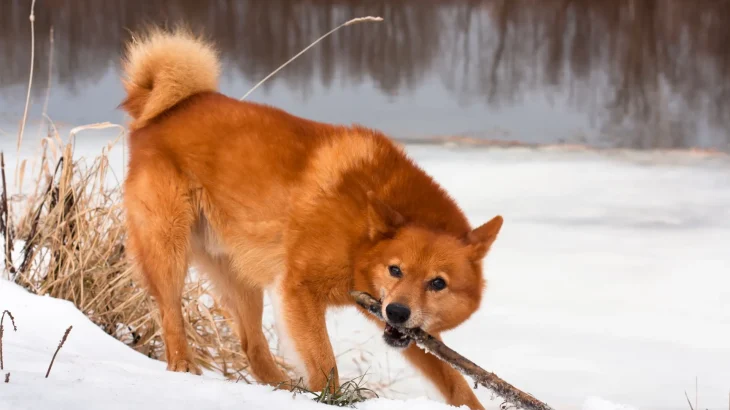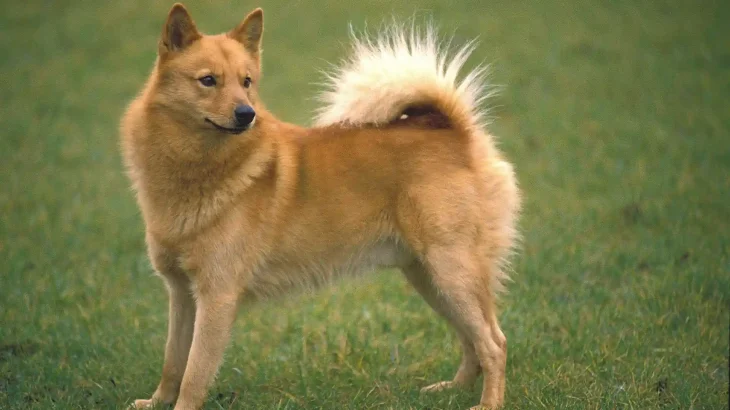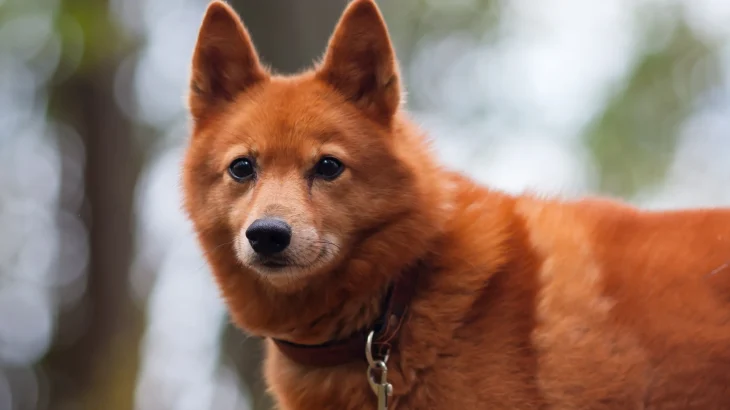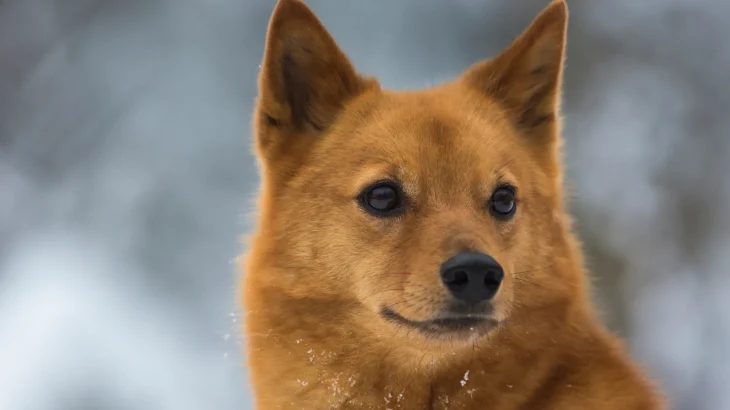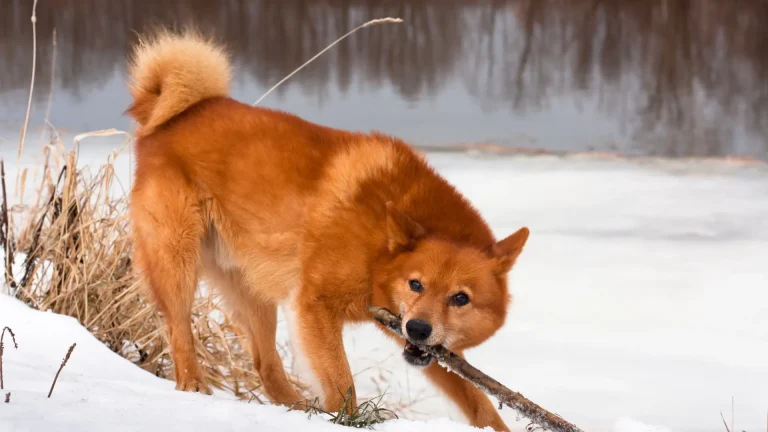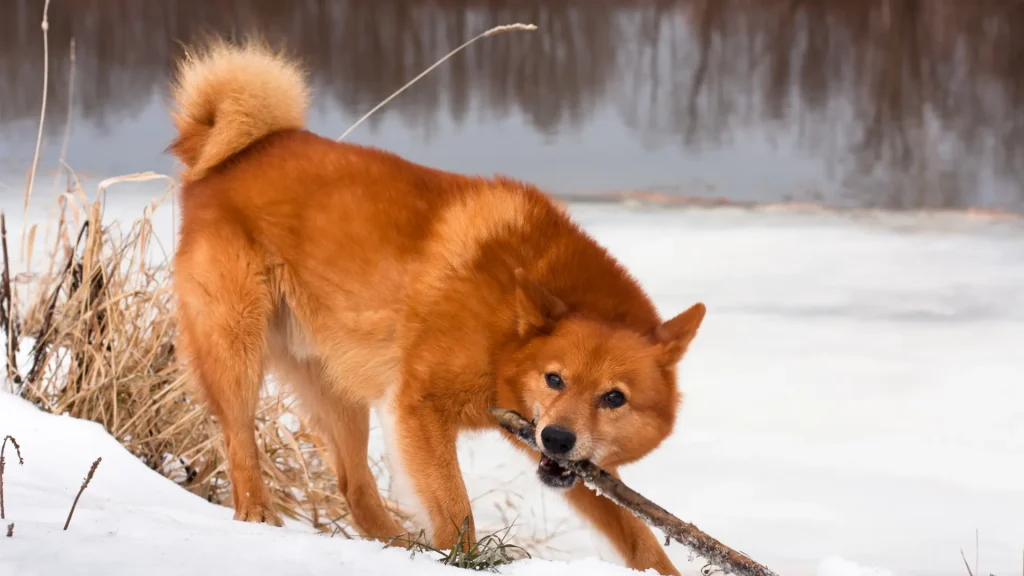Choosing between adopting or buying a Finnish Spitz puppy depends largely on your priorities around health history, cost, and ethics. Buying from a reputable breeder often offers access to detailed lineage and health screenings, while adoption supports giving a home to a dog in need, though breed-specific puppies might be harder to find.
Adoption vs. Breeder: Pros & Cons
| Criteria | Buying from Breeder | Adopting from Shelter/Rescue |
|---|---|---|
| Cost | Generally higher initial cost due to breed purity and breeder expenses. | Lower adoption fees, often including basic veterinary care. |
| Health History | Usually detailed health records and genetic testing available. | Health history may be limited or unknown; shelters provide initial health checks. |
| Age Availability | Primarily puppies, allowing raising from an early age. | Wide age range, including adults with settled temperaments. |
| Temperament Insight | Breeders offer information on lineage-based traits. | Shelter staff may share observed behaviors, full history often unknown. |
| Ethical Considerations | Supports responsible breeding if breeder follows ethical practices. | Reduces shelter population and gives a dog a second chance. |
| Breed Purity & Pedigree | Assured pedigree and breed standards maintained. | Breed purity may be uncertain or mixed. |

